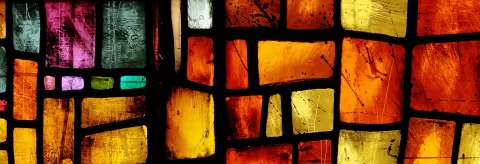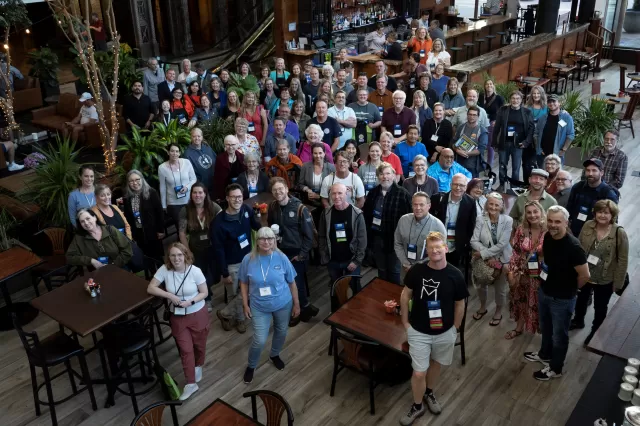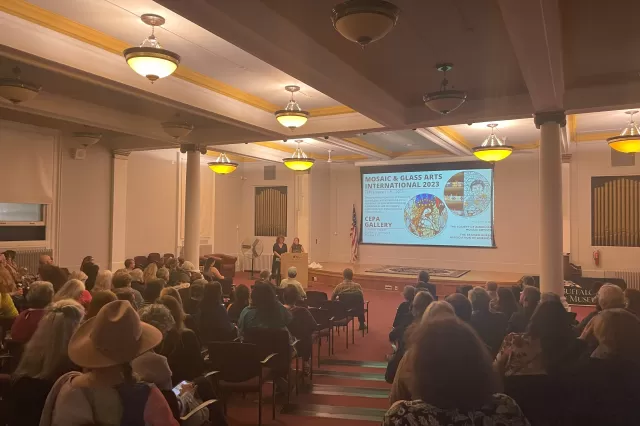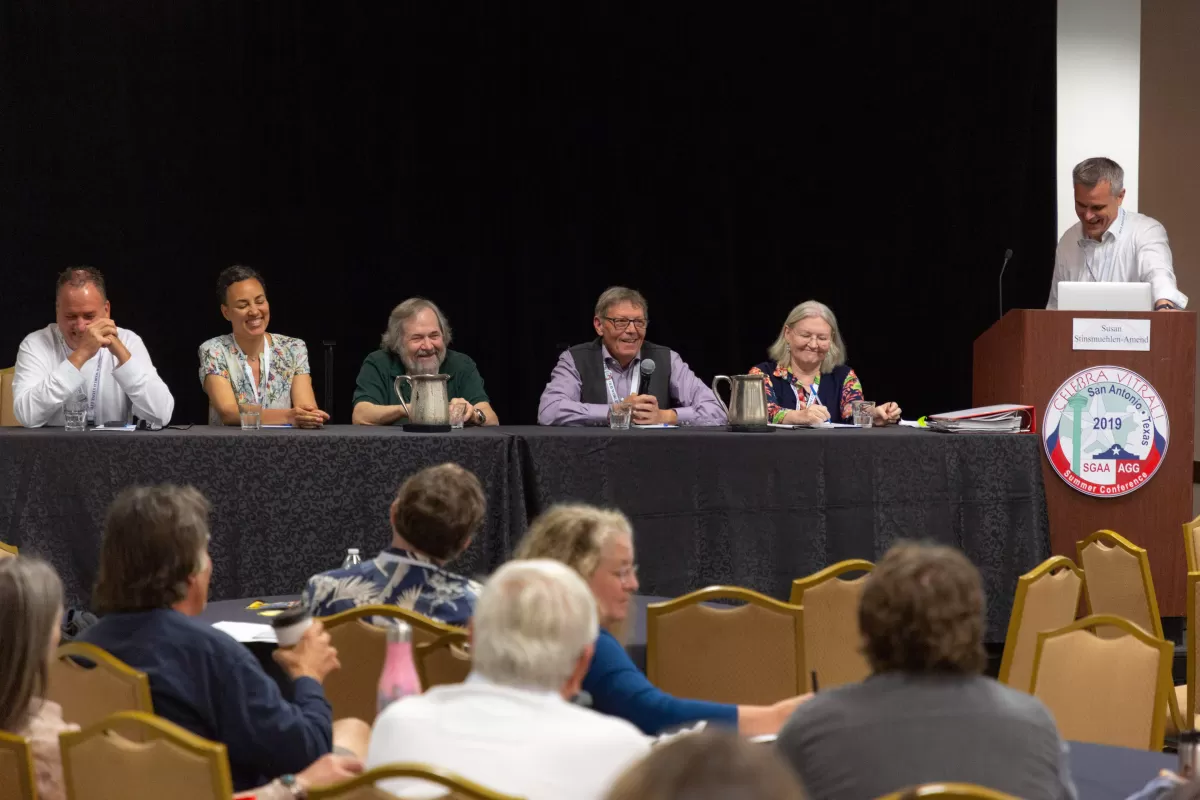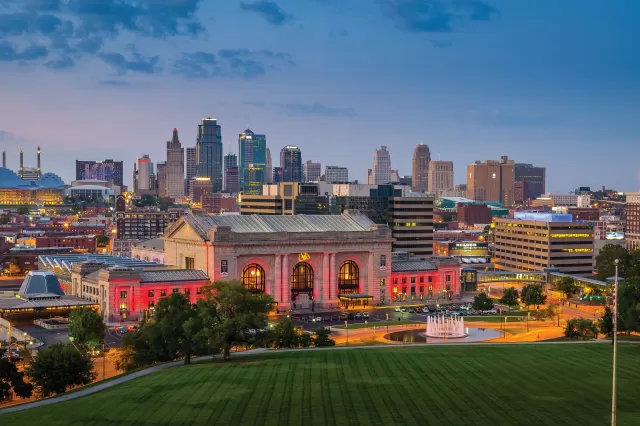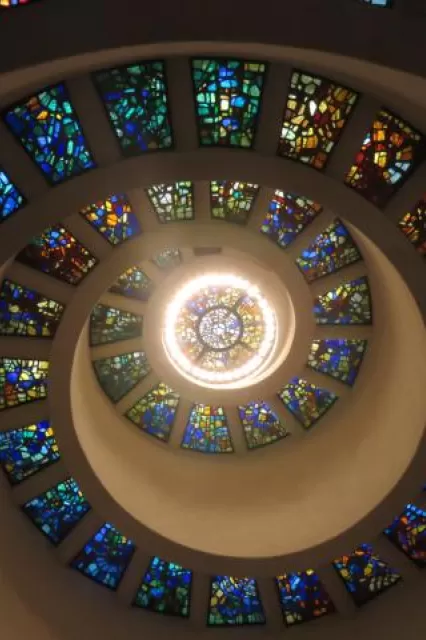
10:20 AM
Dalle de verre, also known as faceted glass, was used extensively in mid-century Modernist architecture, in part because of the ability to produce large installations in less time than traditional stained glass, but also because its visual qualities favored abstract designs and suited the aesthetics of the period. The fabrication of dalle de verre panels was originally highly experimental; material and technique variations were employed in attempts to improve the panel aesthetics, workability, and durability. As is the case with many Modern constructions, the innovations employed to fabricate this façade material are often the source of inherent flaws that lead to its decay, and conservators are increasingly faced with the challenges of preserving dalle de verre and the luminous facades designed to showcase it. This presentation will provide an overview of the history and technical evolution of the material, including fabrication practices and installation methods. It will also examine decay mechanisms and provide guidance for conservation of dalle de verre. The presented research is based on a survey of dalle de verre at approximately sixty sites in the United States and Europe, whose construction period spans fifty years, beginning in the mid-1930s. The majority of these sites were designed by the French stained-glass artist Gabriel Loire, one of the foremost practitioners of dalle de verre, who fabricated bold installations, including entire facades, towers, and domes, with both concrete and epoxy matrix materials.

